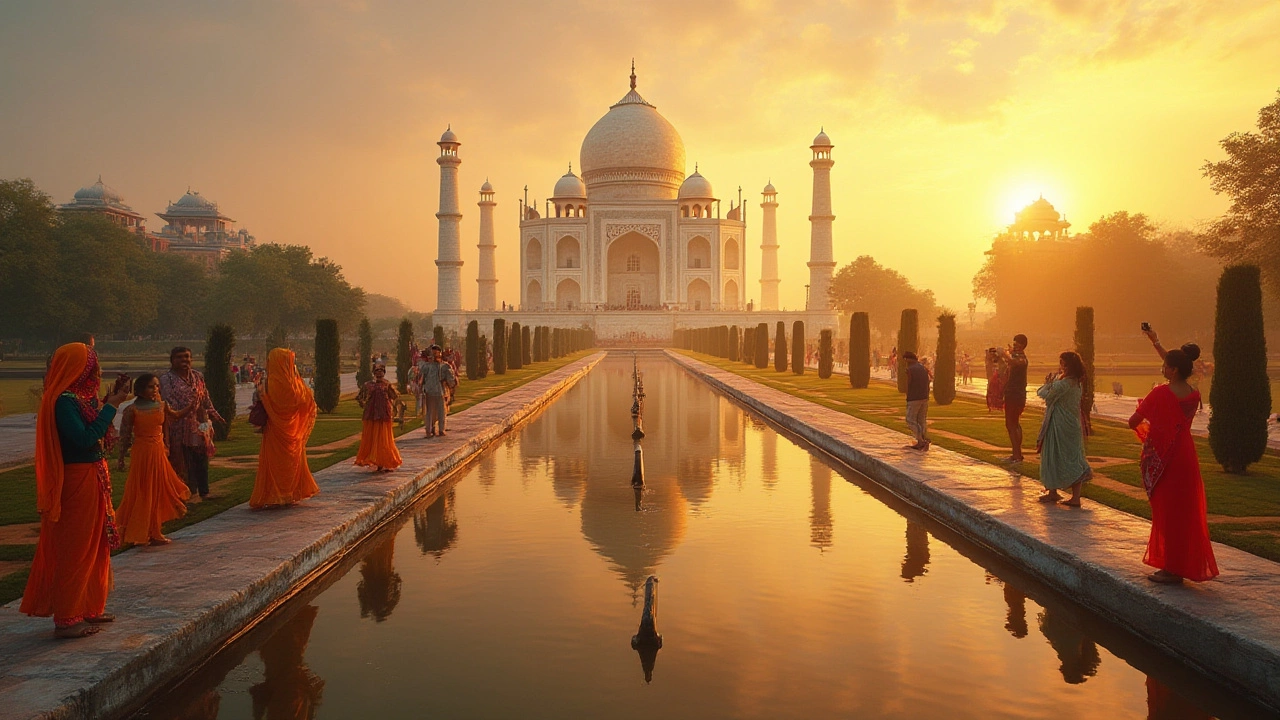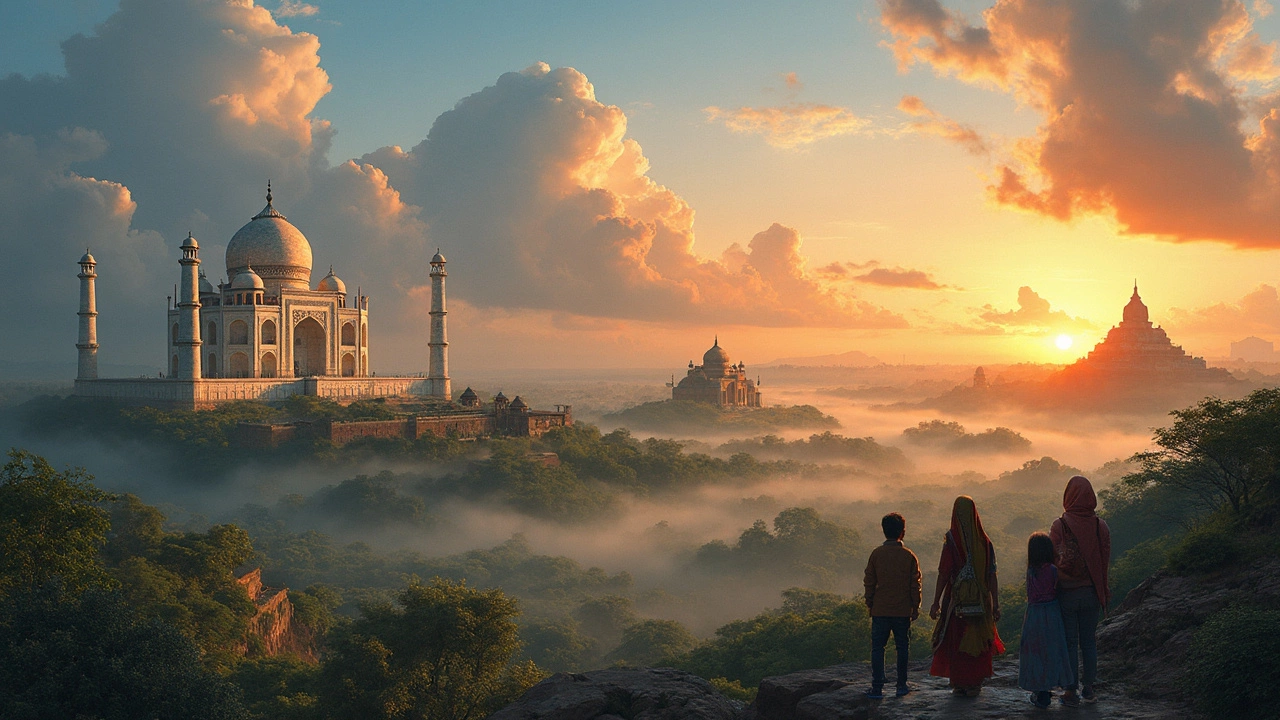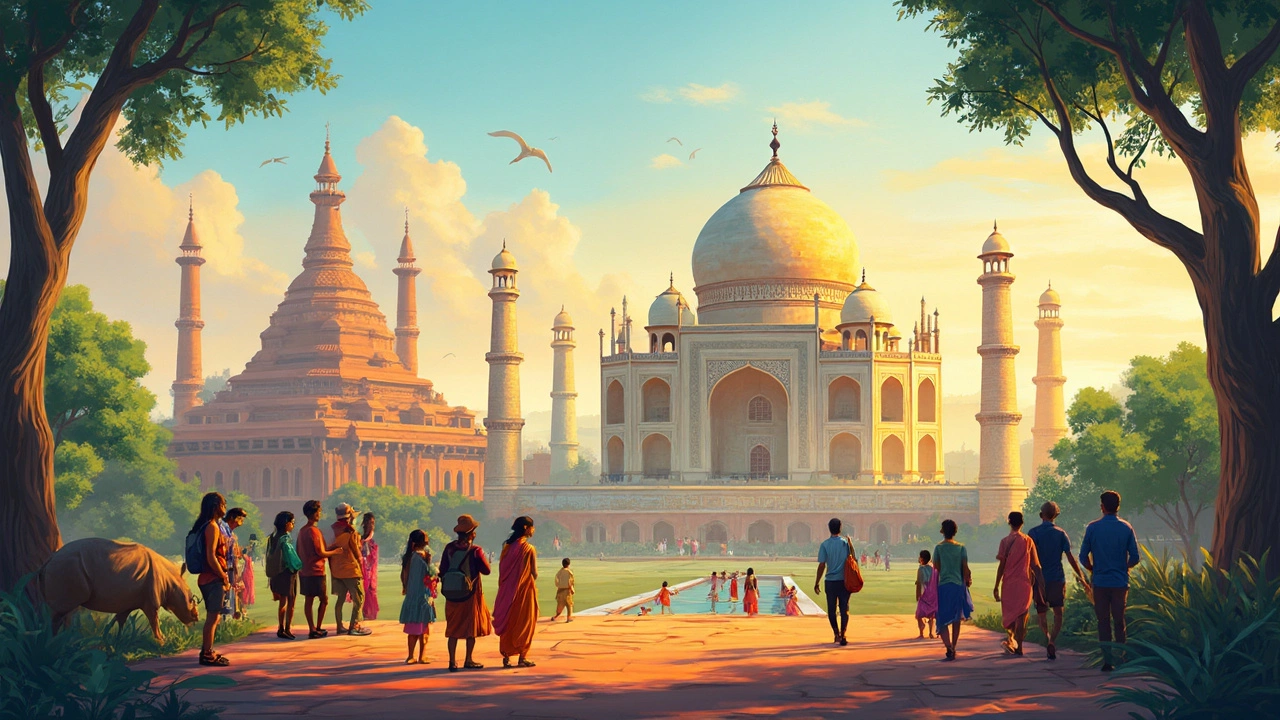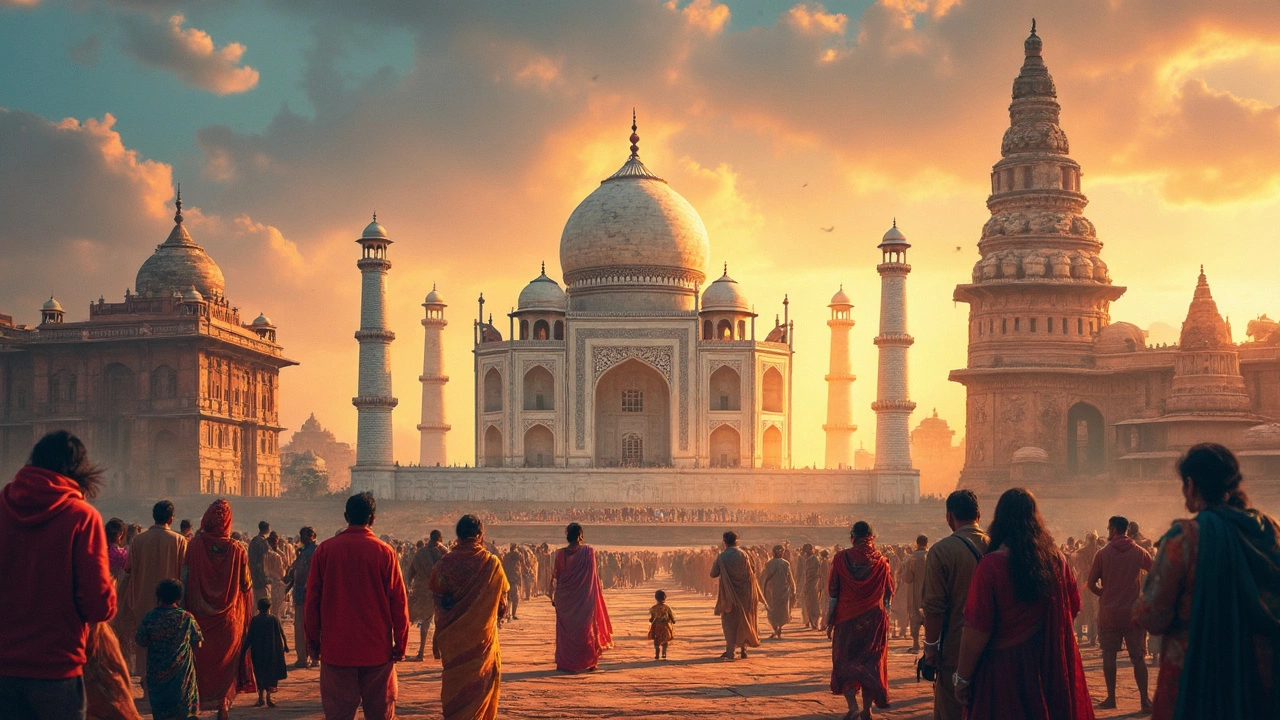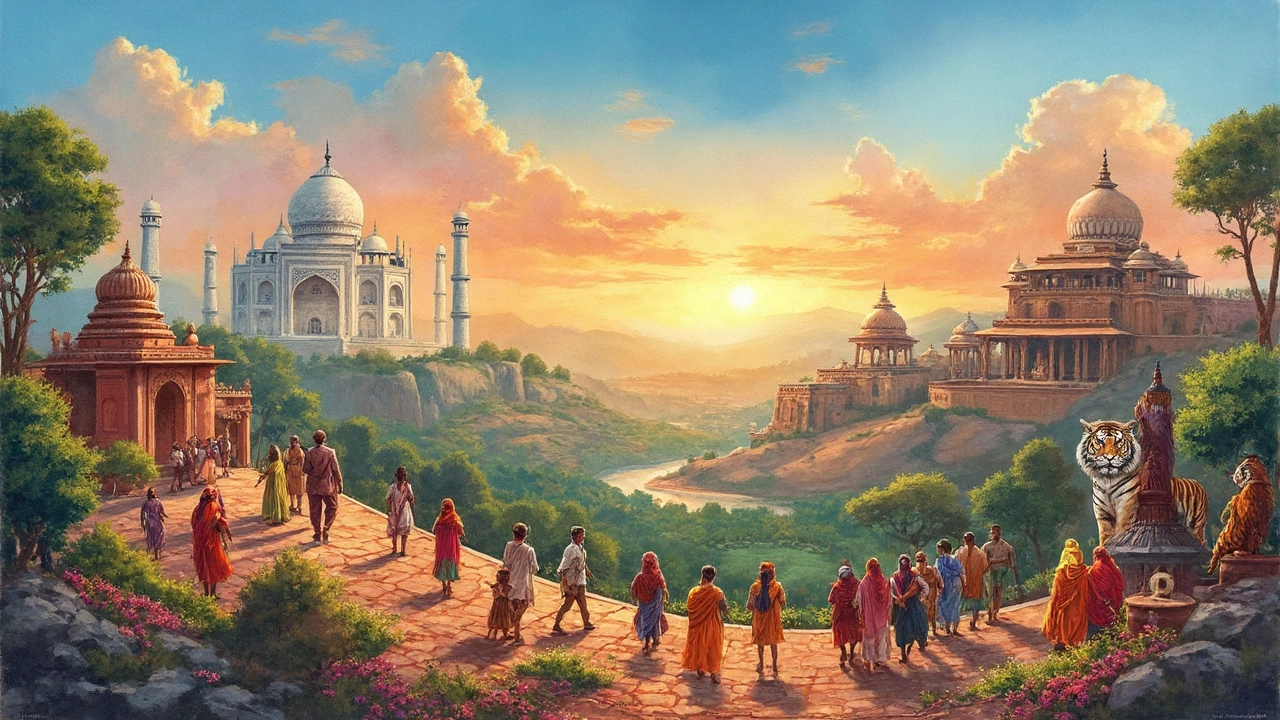UNESCO World Heritage Sites in India: What You Need to Know
When you think of UNESCO, a United Nations agency that protects globally significant cultural and natural places. Also known as the United Nations Educational, Scientific and Cultural Organization, it's the reason places like the Taj Mahal and Khajuraho temples are protected for future generations. India is home to 43 UNESCO World Heritage Sites as of 2025 — more than any country in South Asia. These aren’t just tourist spots. They’re living history: ancient stepwells still used by villagers, forests where rare tigers roam, and temples carved a thousand years ago that still hold daily worship.
These sites fall into two main types: cultural heritage, man-made places with historical, artistic, or architectural value and natural heritage, areas with exceptional natural beauty or ecological importance. The Taj Mahal, Qutub Minar, and the temples of Hampi are cultural. The Sundarbans mangroves and the Western Ghats are natural. Some, like the Khangchendzonga National Park, are mixed — protecting both sacred mountains and rare snow leopards. What ties them together? They all tell a story about India’s deep connection to land, faith, and craft.
You won’t find these sites clustered in one region. They stretch from the frozen Himalayas to the humid coasts of Kerala. Some are easy to reach — like the Red Fort in Delhi. Others require a trek or a boat ride — like the rock-cut caves of Ajanta. Many aren’t on the usual tourist trail, but they’re where real India lives. Locals still pray in the same courtyards as their ancestors. Farmers still use century-old irrigation systems near stepwells. These aren’t museums behind ropes. They’re active parts of daily life.
That’s why visiting them matters. It’s not just about checking off a list. It’s about respecting the rules: no littering near sacred groves, covering your head in temples, not climbing on ancient carvings. The same guides who lead treks through the Great Himalayan Trail often know which heritage sites are off-limits to big groups — and why. These places survive because people care. And the posts below give you real, practical ways to visit them without damaging them — whether you’re planning a solo trip to a forgotten stepwell in Madhya Pradesh or a family visit to the forts of Rajasthan.
Discover which country claims the most world heritage sites, why these places matter, and what makes Italy and China top the UNESCO list right now.
Discover which UNESCO World Heritage Site draws the biggest crowds, why it's so famous, and useful tips for planning your own unforgettable trip.
How does India rank in World Heritage Sites? Discover new facts, hidden cultural treasures, and must-know tips for heritage lovers right here.
Wondering how many UNESCO World Heritage Sites are scattered across India in 2024? This article breaks down the current count, shares details on standout sites, and gives practical tips for travelers or history buffs itching to explore. You'll find interesting facts, reasons why these sites matter, and ideas for planning your visits. We skip the jargon and get straight to what's useful for you. Get ready to see India’s history through its masterpieces!
Curious which country tops the list for UNESCO World Heritage Sites? This article breaks down the numbers and reveals why some places rack up more sites than others. Get a close look at India's impressive heritage collection and learn what makes these places so special. Plus, find out how visiting these spots can actually help protect them. You'll even get some practical tips for planning unforgettable site visits.
India's 42 UNESCO World Heritage Sites are a mix of ancient temples, forts, wild sanctuaries, and even modern architecture. These sites stretch from timeless deserts to misty Himalayan valleys. This article breaks down where you can find each site, what makes them unique, and shares a few insider tips for anyone thinking of visiting. Get the low-down on hidden gems and famous wonders—no fluff, just helpful info. You'll know exactly what to expect, whether you're planning a trip or just want to boost your quiz game.
Curious about whether Shantiniketan is a World Heritage Site? This article gets straight to the point, breaking down Shantiniketan's UNESCO status, what makes it special, and why it draws visitors from around the world. You'll learn fun facts, recent updates, and practical tips for exploring the place yourself. Whether you're a history buff or planning a trip, this piece gives you useful, clear answers without all the fluff. Find out what really sets Shantiniketan apart in India's long list of heritage treasures.

